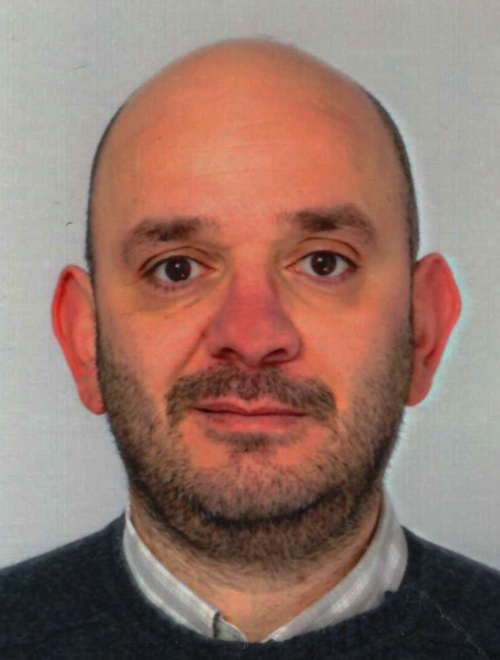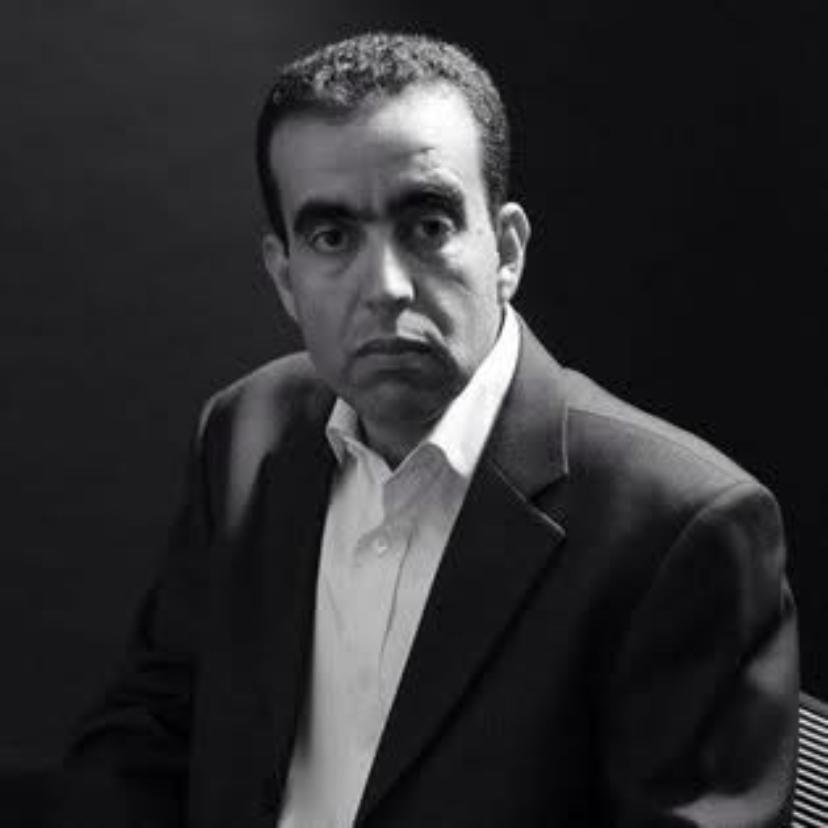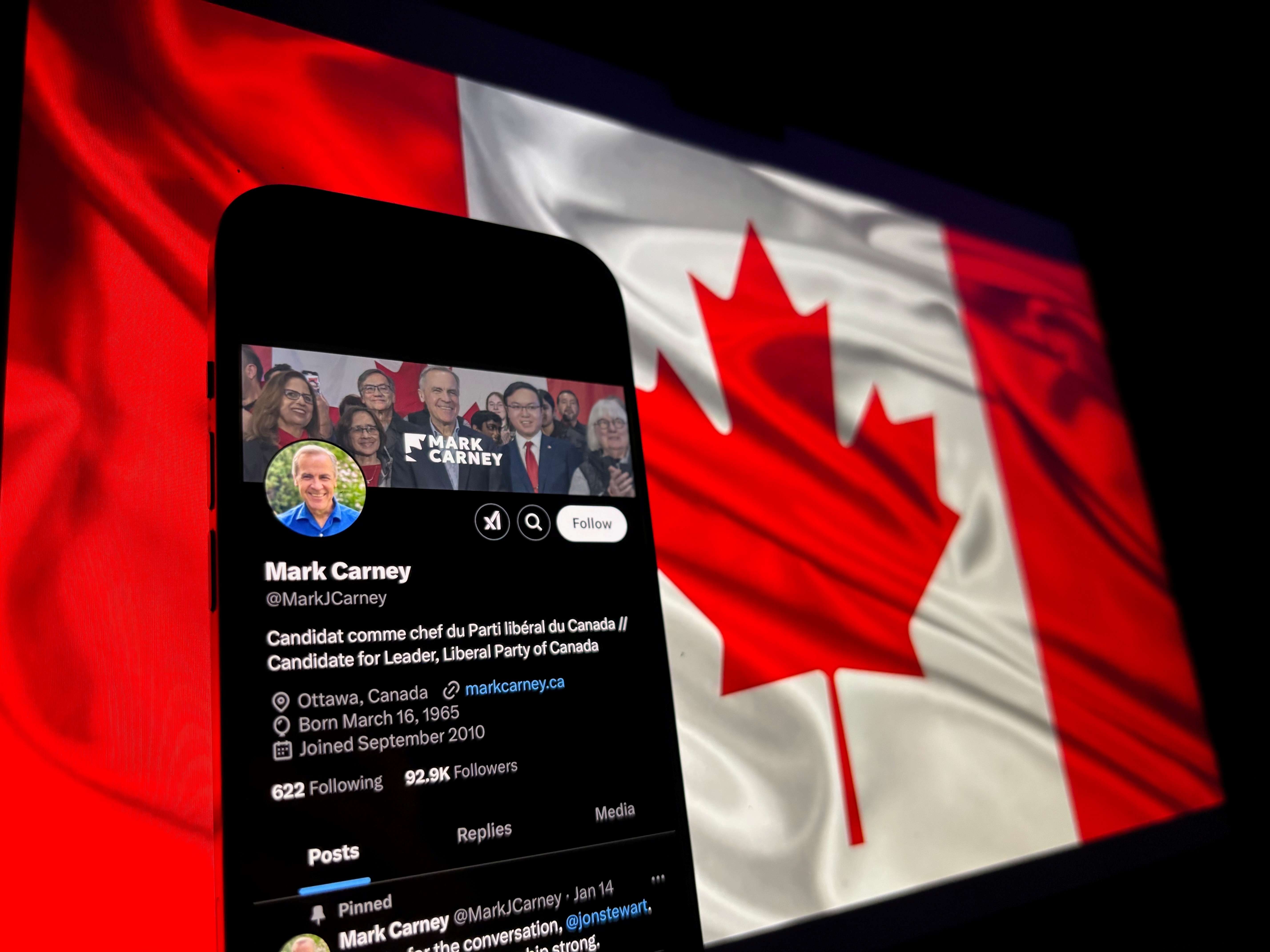أظهر تقرير (1) لشركة "ديبتريس" (Deeptrace) الهولندية المتخصصة في الكشف عن تزييف المواد الصورية الرقمية عبر تكنولوجيا خاصة طورتها بنفسها، أن عدد مقاطع الفيديو التي تم التلاعب بها رقميا على الإنترنت تضاعف عام 2018 عن العام الذي سبقه، في حين بلغ عدد مقاطع الفيديو المُزورة أو المُزيفة التي أحصتها الشركة على شبكة الإنترنت أثناء إعداد التقرير 14 ألف فيديو تتوزع على مواقع ومنصات إلكترونية متنوعة.
جُلّ مقاطع الفيديو التي أعدتها الشركة الهولندية (96%) تنشره مواقع إباحية، والباقي فيديوهات متنوعة، منها ما يتضمن محتوى سياسيا، وهناك مواد تندرج ضمن الهجاء السياسي والاجتماعي لشخصيات عامة، علاوة على مواد فيلمية تصنف في خانة الأعمال الفنيّة، كما هو الحال مع مجموعة الأفلام المزيفة التي أُطلق عليها "سباكتر" (Spectre). وفيها تظهر شخصيات عامة (مثل مؤسس الفيسبوك مارك زوكربيرغ ونجمة تلفزيون الواقع الأميركية كيم كاردشيان) وهم يكشفون عن "الخطط السريّة" لشركاتهم أو أعمالهم.
ووفق تقرير الشركة الهولندية المنشور أخيرا، فإن هناك 14 قناة على موقع يوتيوب وحده تعرض مقاطع فيديو مزيفة حصريا، ونحو 20 مجموعة على موقع "ريديت" (reddit) الأميركي، تُكرس لتبادل الأفكار عن طرق صناعة مقاطع الفيديو المزيفة، في حين يبلغ عدد أعضاء مجموعات موقع "ريديت" قرابة 95 ألف مستخدم، وهؤلاء من الذين يظهرون للمتصفح العادي، إذ هناك مجموعات مغلقة على الموقع الأميركي تمتنع عن الإفصاح عن عدد المشتركين فيها خوفا من أي ملاحقات قانونية.
تزييف مُتقن
مقاطع الفيديو المزيفة تُعرف باسم "ديبفيك" (deepfake)، وهو مصطلح استخدم لأول مرة على موقع "ريديت" ذاته يوم 2 نوفمبر/تشرين الثاني 2017، وفي تعريفه يتحدث عن المقاطع التي يتم التلاعب بها رقميا وبحرفية كبيرة، بحيث يصعب كثيرا التمييز بين النسخة الأصلية والمزيفة. وتوظف هذه المقاطع غالبا للإساءة لشخصيات عامة عبر تلفيق مواقف لم تحدث، أو نسب أقوال لم يصرحوا بها، عن طريق التلاعب بالصوت.
والحال أن عمليات صناعة "ديبفيك" تختلف عن تلك التي تعرف باسم "شولوفيك" (Shallowfakes)، ذلك أن الأخيرة تقتصر على عمليات بسيطة تقنيا، تخضع لها مقاطع وصور فوتوغرافية من أجل تحريف مبتغاها أو سياقها الأصلي، في حين تتميز عمليات "ديبفيك" بأنها متقدمة كثيرا على صعيد استخدام تكنولوجيا متطورة للتزوير المتقن، لكن العمليتين تشتركان في الأهداف ذاتها، وهي استخدام الفيديو وأحيانا الصور الفوتوغرافية، كأداة للكذب والتلفيق بهدف التشويه، نشر الفوضى، الثأر من شخصيات عادية، وأحيانا المزاج والسخرية المحضة.
لعب توافر برامج إلكترونية رخيصة وغير مُعقدة للتلاعب الرقمي دورا مهما في انتقالها من حيز الشركات المتخصصة إلى الأفراد العاديين، فأصبح باستطاعة الكثيرين تجريب هذا النوع من التكنولوجيا. ورغم أن عالم صناعة المواد الإباحية على الإنترنت ما زال الفضاء الأساسي الذي تتحرك فيه تقنية التلاعب الرقمي بالمواد الصورية، حيث إن أكثر المقاطع المنتجة يتم تداولها على المواقع الإباحية، فإن التقنية التي انتعشت في ظلام الإنترنت، بدأت تخرج إلى دائرة الضوء ضمن أشكال وتمثلات عديدة، لم تعد محصورة بوضع صور وجوه مشاهير من عالم الفن على أجساد عارية كما كان الحال في الماضي.
تكنولوجيا متاحة
يُحيط الغموض بمعظم مصادر إنتاج المقاطع المزيفة بسبب القوانين التي تفرضها دول غربية، وإن كانت طبيعة الجهات المنتجة قد تغيرت في غضون السنوات القليلة الماضية. فبعد أن كانت تقتصر على شركات أو أفراد يعملون في الخفاء أو ما يعرف بالإنترنت المظلم، نشهد اليوم على نشاط علني لشركات تنتج تنويعات من تكنولوجيا تزوير المقاطع ولأغراض ترفيهية، مثلما هو الحال مع برامج تطبيقية مختلفة طُرحت أخيرًا على الهواتف الذكية وتحظى بشعبية كبيرة، وعبرها يمكن إضافة صورة وجه المستخدم إلى جسد نجم سينمائي معروف، أو وضع صورة للمشترك في هذه البرامج التطبيقية في مشهد سينمائي شهير.
وعلى الرغم من أن عمر ظاهرة تزوير المقاطع الرقمية لم يتجاوز ثلاثة أعوام فقط، فإنها تستحوذ اليوم على اهتمام إعلامي واسع في وسائط إعلامية متنوعة. كما شارك مشاهير في جذب الانتباه إلى الظاهرة، مثلما فعل الممثل والمخرج الكوميدي الأميركي جوردان بيل عندما مَثَلَ قبل أشهر في فيديو ملفق (2) يظهر فيه الرئيس الأميركي السابق باراك أوباما وهو يتحدث بصوت يشبه صوت الرئيس كثيرًا عن مخاطر التزوير الرقمي لمقاطع الفيديو.
في الآن نفسه، وُضع فم الممثل بدل فَم أوباما، ليبدو الرئيس السابق -خاصة في اللقطات البعيدة- كأنه هو المتحدث، بينما كان التسجيل الأصلي لأوباما يخص مناسبة عامة ليس لها علاقة بالتحذير من التزوير الرقمي للمقاطع.
كما تُبيّن شعبية فيديو ملفق (3) لرئيسة مجلس النواب الأميركي نانسي بيلوسي (أكثر من 8 ملايين مشاهدة على فيسبوك وتويتر فقط)، ما يُمكن أن يحققه فيديو مثير عن شخصية سياسية. فالفيديو الذي تم التلاعب فيه بسرعة، يظهر فيه صوت السياسية الأميركية المخضرمة المناوئة للرئيس دونالد ترامب، وكأنها ثملة وتتلعثم في الكلام، ليتلقفه الجمهور الواسع في زمن التوترات السياسية التي تشهده الولايات المتحدة منذ تولي ترامب الحكم.
وما حدث للرئيس الغابوني أخيرًا، يُعد مثالا قويا لما يمكن أن يثيره فيديو مزيف واحد. فالرئيس علي بونغو ظهر في فيديو (4) بعد أشهر عديدة من الغياب التام عن إعلام بلده. وأثار الفيديو جدلا واسعا في البلد، واتهم معارضون وشخصيات عامة (5) بالتلفيق والتلاعب بصورة الرئيس في الفيديو المعروض، ليقود عدم الاستقرار في النهاية إلى انقلاب عسكري، وليتحول الفيديو إلى مثال عما يمكن أن تقترفه حكومات غير ديمقراطية لخداع شعوبها.
وإذا كانت مقاطع الفيديو المزورة التي تتناول شخصيات عامة تنال القسط الأوفر من اهتمام الإعلام العالمي، وتتم مشاركتها على نحو واسع على منصات التواصل الاجتماعي، فإن هذه المقاطع تُعد الأسهل لجهة الكشف عن مصداقيتها، فأرشيف الشخصيات العامة في متناول الجميع. كما يُمكن العودة بسهولة إلى مراجع متوفرة على شبكة الإنترنت للتحقق من النسخ الأصلية التي تقوم عليها النسخ المزيفة، بيد أن ما يقلق كثيرا هو استخدام تقنيات التزوير الإلكتروني لتشويه وتحريف مقاطع فيديو غير معروفة لناس عاديين، ويصعب كثيرا التحقق من صحتها لشح المعلومات المتوافرة عنها أحيانا.
الصحافة والفيديو المزيف
تشكل مقاطع الفيديو المزيفة تحديا وعبئا إضافيا على المؤسسات الصحفية المحترفة والجديّة التي يتوقع منها التصدي للظاهرة الجديدة، تماما كما تفعل مع الأخبار الكاذبة، الأمر الذي يعني في كثير من الأحيان تخصيص فرق خاصة يناط بها تحري دقة مقاطع تُنشر على شبكة الإنترنت. كما ستفرض طبيعة الظاهرة الجديدة المقلقة الاستعانة بتكنولوجيا ليست رخيصة، توفرها اليوم شركات غربية عديدة (مثل: witness، quantumintegrity،mmspg،truepic)، تُمكن من التعرف على التزوير في مقاطع الفيديو، أحيانا بطرق وتقنيات تستند إليها التكنولوجيا التي تستخدم في تزوير الفيديو رقميا.
وتستفيد تقنية التعرف على التزوير في المواد الصورية، من خاصية التفرد للتصوير عن طريق الكاميرات الرقمية، فالصور التي تلتقطها فريدة لكل نوع من الكاميرات، وتشبه بصمات الأصابع. لذلك سيكون كشف إضافات خارجية على هذه الصور هيّنًا على تكنولوجيا كشف الزيف في الفيديو، على خلاف العين المجردة التي لا تميز غالبا بين الصور الأصلية والمعدلة.
ومن المتوقع أن تضيف بعض المؤسسات الإعلامية العملاقة خدمة تدقيق الحقائق (fact checker) للمقاطع التي تلقى رواجا على الإعلام، لتضاف إلى خدماتها الموجودة أصلا، والتي بدأت في العامين الأخيرين. وجاءت الاستعانة بالتقنية استجابة إلى التحريف المتواصل للأخبار التي تنشر على مواقع التواصل الاجتماعي. بيد أن الجهود المبذولة تبقى محدودة كثيرًا بفاعليتها وقدرتها على التغيير، فالجمهور الذي تصل إليه هذه الخدمات جمهور ضئيل للغاية مقارنة بذلك الذي تصل إليه وتؤثر عليه الأخبار الكاذبة أو المبالغ فيها، والتي أثبت أكثر من بحث غربي قدرتها على الانتشار بصورة أكبر على مواقع التواصل الاجتماعي مقارنة بالأخبار الحقيقية (كالبحث الذي أجراه معهد ماساتشوستس الأميركي للتكنولوجيا عام 2018 والذي راقب انتشار الأخبار على موقع تويتر).
حكومات ضد التزييف
لا جدال حول حماس حكومات غربية للتصدي لظاهرة مقاطع الفيديو المزيفة، والذي بدا واضحا عبر تصريحات رسمية في أكثر من بلد غربي، ودعوات للعمل على مواجهة الظاهرة، إلا أنه ليس معروفا في الوقت الحاضر تأثيرات أي سياسات حكومية قادمة ضد عمليات التزييف على قطاع الإعلام والصحافة.
يبدو أن اهتمام الحكومات يتركز على الجانب الأمني للظاهرة وما يُمكن أن تثيره من مشاكل مُعقدة وخطيرة، خاصة عند استخدامها في تهديد أشخاص عاديين أو السخرية منهم، حيث يُمكن أن تكون أداة إضافية للمتنمرين في المدارس والجامعات لتعنيف ضحاياهم.
وحتى مع الدعم الحكومي للإعلام لمواجهة المقاطع المزيفة، فلن تكون مهمة المؤسسات الإعلامية للتصدي للأخبار المضللة أو المقاطع المزيفة هينة أبدًا، فهي تواجه منذ سنوات منافسة قوية تقترب من صراع وجود مع مواقع التواصل الاجتماعي. وغالبا ما يضيع الجهد القيم الذي تبذله في طوفان الأخبار والصور والمقاطع التي تُنشر كل دقيقة على مواقع التواصل. ولا تزال هذه المؤسسات تبحث عن طرق للبقاء والتأثير في عصر الإنترنت المضطرب.
ومثلما هو الحال مع الأخبار الكاذبة أو المضللة، يُخشى أن تأثير مقاطع الفيديو المزيفة التي تلقى رواجا على شبكة الإنترنت سيكون مؤذيا وعميقا حتى بعد الكشف عن كذبها، فضررها سيبقى راسخا في لا وعي الذين تلقوها وتأثروا بها.
ومن الأمثلة التي تدلل على هذه الأطروحة، الأخبار ومقاطع الفيديو المضللة التي تنتشر على صفحات مجموعات يمينية غربية متشددة على مواقع التواصل الاجتماعي، إذ تحصد بعض الأخبار تفاعلا كبيرا للغاية من قبل جمهور المجموعات رغم عدم معقولية محتواها، والتي نادرا ما تصحح معلوماتها أو تعتذر من جمهورها، بعد أن يَتبيّن أن ما نشرته عارٍ تماما من الصحة.
مراجع
1- https://deeptracelabs.com/resources/
2- https://www.youtube.com/watch?v=cQ54GDm1eL0
3- https://www.youtube.com/watch?v=sDOo5nDJwgA
4- https://www.youtube.com/watch?v=YABdm-12PQo







































